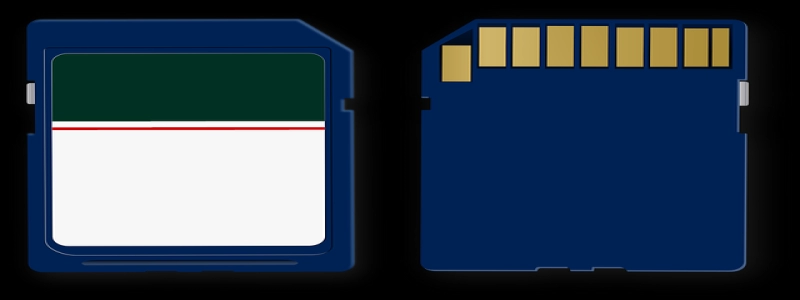QRP Transceivers
Introduction:
QRP (low power) transceivers have gained popularity among amateur radio operators in recent years due to their compact size and affordable price. This article will delve into the various features and advantages of QRP transceivers.
I. What are QRP Transceivers?
A. Definition: QRP transceivers are compact, low power radios used by amateur radio operators.
B. Power output: Typically, QRP transceivers have a power output of 5 watts or less.
II. Advantages of QRP Transceivers:
A. Portability: Their small size and lightweight design allow for easy transportation during outdoor activities such as camping, hiking, and field operations.
B. Lower power consumption: QRP transceivers utilize less power, resulting in longer battery life or the ability to operate using solar panels or portable power sources.
C. Enhanced battery life: Operating at lower power levels allows for extended battery life, which is especially useful in emergency situations or during extended outdoor operations.
D. Cost-effective: QRP transceivers are usually more affordable compared to high power HF transceivers, making them accessible to a wider range of radio enthusiasts.
III. Features of QRP Transceivers:
A. Modes: Most QRP transceivers support multiple modes, such as CW (Morse code), SSB (voice), and digital modes like PSK31 or FT8.
B. Bands: QRP transceivers cover a wide range of frequency bands, including HF (High Frequency), VHF (Very High Frequency), and UHF (Ultra High Frequency).
C. Built-in features: Many QRP transceivers come with built-in keyers, automatic antenna tuners, and receivers with advanced filtering capabilities.
D. External accessories: QRP transceivers can be connected to external accessories like paddle keys, external amplifiers, and external antennas for enhanced performance.
IV. Getting Started with QRP Transceivers:
A. Licensing: Amateur radio operators need to acquire the appropriate license to operate QRP transceivers legally.
B. Operating tips: It is recommended to start with simple modes like CW, as they are more efficient in low power conditions. Utilizing effective antenna systems, such as dipoles and portable wire antennas, can enhance the performance of QRP transceivers.
C. Joining QRP clubs and communities: Connecting with other QRP enthusiasts through clubs and online communities can provide valuable insights, technical support, and opportunities for QRP field operations.
Conclusion:
QRP transceivers offer a portable, cost-effective solution for amateur radio operators. Their compact size, lower power consumption, and versatility make them suitable for various outdoor activities and emergency situations. With the right licensing, operating knowledge, and support from QRP communities, enthusiasts can enjoy the benefits of QRP transceivers and experience the joy of low power communication.








